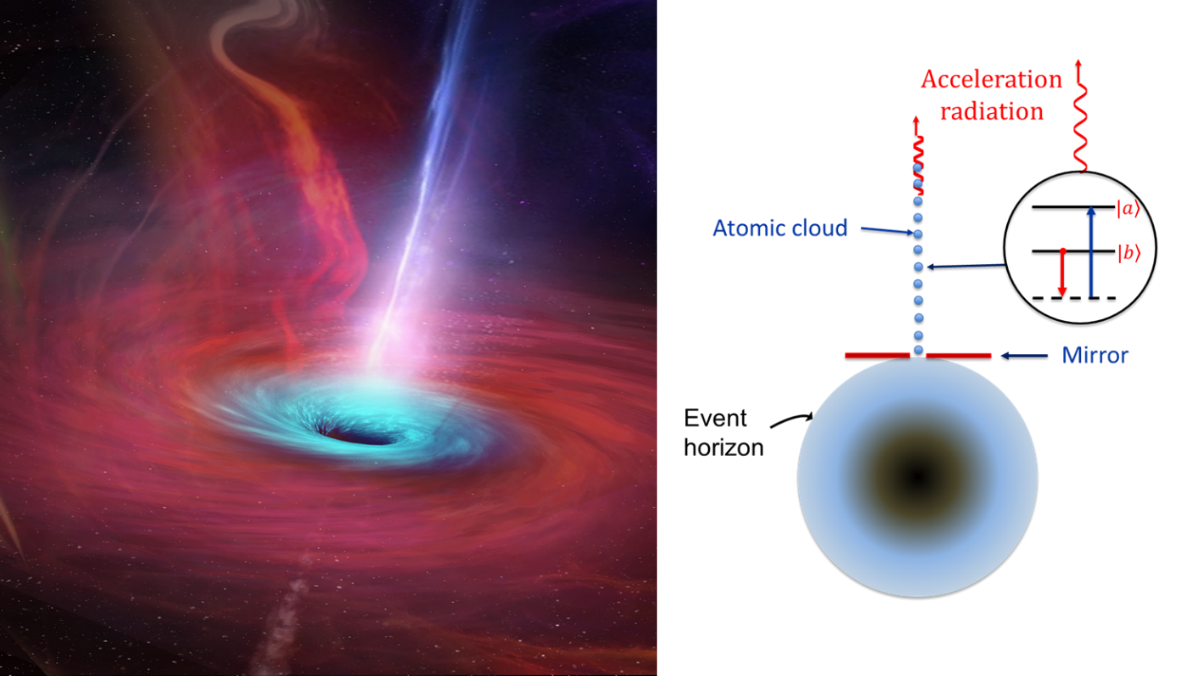

Our calculations are used to verify tangible observations like the M87 jet. Our explanation is based on the Kerr–Newman metric in general relativity, and it extends the discussion from the flat spacetime in special relativity to the curved spacetime which is suitable for many superluminal observations near the super-gravitational sources like the black hole.

The former seems to mainly appear as the change of the observed wavelength or frequency, while the latter is probably the random and irregular occurrences. One is the Doppler effect in special relativity, and the other is the change in the photon speed due to the QED contribution of one-loop vacuum polarization to the photon effective action. In addition, two superluminal theories used to explain the speed of light in astronomy are compared. We also propose a new explanation based on our results that the observation of the faster-than-light particle is due to the light bending near the Kerr–Newman black hole or supermassive star with very strong gravity. This average radial speed finally approaches c far away from the black hole. The result can extend to the large r place when the rotation of the black hole is high or the charge is very large. From the calculations, the average radial speed of light from r = R S to r = α R S with α > 1 is possibly observed exceeding c by an observer on the Earth. The velocity equation of light near the black hole is represented by the Boyer–Lindquist coordinates ( t, r, θ, and ϕ), and the main parameters are the Schwarzschild radius R S, the rotation term a, and the charged term R Q. The Kerr–Newman metric is used to discuss the average radial speed of light from near to far space surrounding the super-gravitational source like a black hole which can be observed by a weak-gravitational reference frame such as an observer on the Earth. Institute of Astronomy and Astrophysics, Academia Sinica, Taipei, Taiwan.What forces act in relativistic gyroscope precession?. Light escape cones and raytracing in Kerr geometry. Relativity-Special, General and Cosmology. Shternberg Astronomical Institute, Moscow (1963) thesis, Eberhard–Karls Universität Tübingen (2006) Müller, T.: Visualisierung in der Relativitätstheorie (in german). Regular coordinate systems for Schwarzschild and other spherical spacetimes.

Maximal extension of Schwarzschild metric. Motion in the Schwarzschild field: a reply. Note on motion in the Schwarzschild field. Collapsing objects and the background emission of light. Master thesis, Eberhard–Karls Universität Tübingen (2004) Grave, F.: Visualisierungen zum Gravitationskollaps und Wellenfronten in der Allgemeinen Relativitätstheorie (in german). Past–future asymmetry of the gravitational field of a point particle. On the behavior of radiation near massive bodies. A comparison of Whitehead’s and Einstein’s formulas. Optical appearances of distant objects to observers near and inside a Schwarzschild black hole. Generalized observers and velocity measurements in general relativity. (arXiv: astro-ph/0709.4274)Ĭarter, B.: Half century of black-hole theory: from physicists “purgatory to mathematicians” paradise. 151: 659īakala, P., Čermák, P., Hledík, S., Stuchlík, Z., Truparová, K.: Extreme gravitational lensing in the vicinity of Schwarzschild-de Sitter black holes. The optical appearance of a star that is collapsing through its gravitational radius.


 0 kommentar(er)
0 kommentar(er)
